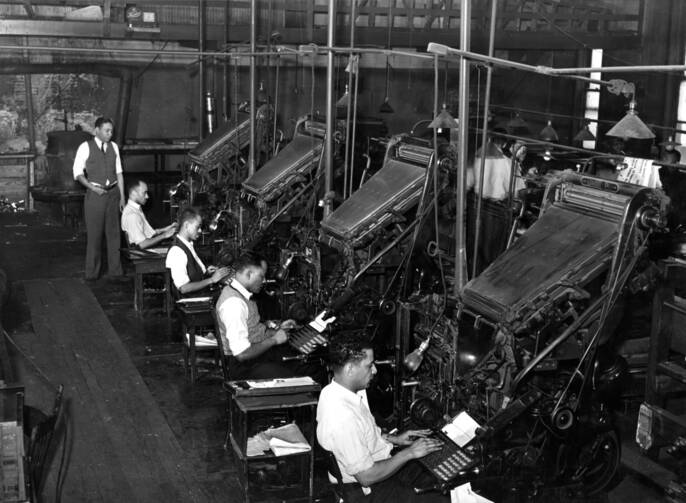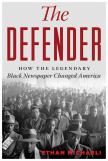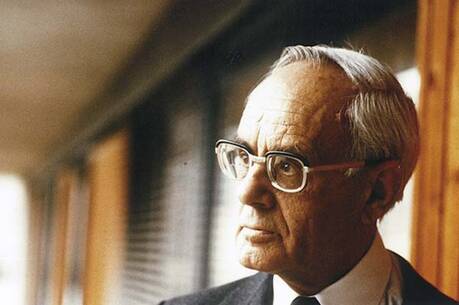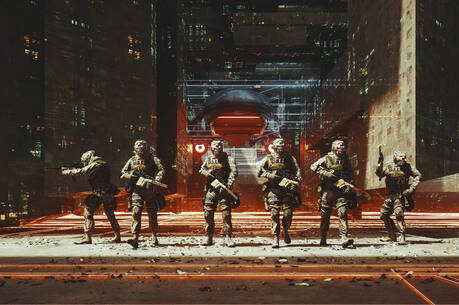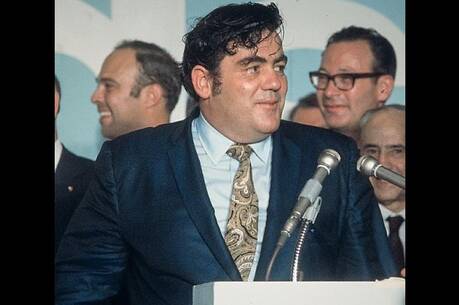How 'The Defender' both reported and made history in the African-American community.
In September 1955, Mamie Till took the stand in Sumner, Miss., to confirm that the body found in the Tallahatchie River was indeed that of her son, Emmett Till. The defense lawyers for Emmett’s killers did everything they could to discredit her in court. Had you taken out insurance policies on Emmett, they asked? Was he in reform school in Chicago? Do you read The Chicago Defender? The prosecutor was on his feet instantly, objecting to the relevance of these questions. The judge sustained the objection, and ordered that there be no more discussion about newspapers.
The attorneys for Emmett Till’s murderers knew, as did the judge and the district attorney, that the words “Chicago Defender” were a red flag waved in front of the jury. If the jury believed Till’s mother read that black, radical newspaper, then they would believe that she must hate Mississippi, support the N.A.A.C.P. and despise segregation.
It is hard to overestimate the importance of The Chicago Defender in African-American history. True, it was but one of many black weeklies, including The Pittsburgh Courier, The Baltimore Afro-American, The California Eagle and The Amsterdam News. But The Defender was first among equals, the voice not only of the great black metropolis but, for virtually the whole 20th century, the black newspaper of the United States, gathering stories from across the country and distributing them through a national subscription network.
Ethan Michaeli’s The Defender is worthy of its subject. Michaeli worked as a reporter for the newspaper for five years in the early 1990s, and here he returns to give us a sweeping history. Good reporter that he is, Michaeli tells his history with lively stories about key episodes and strong personalities. We come away convinced, as we should be, that The Chicago Defender did not just cover the Freedom Struggle, it helped make it.
Most important was Robert Sengstacke Abbott, The Defender’s founder. Born in the Sea Islands off the Georgia coast, he attended Hampton Institute in Virginia, came to Chicago as a young man, attended a transformative speech by Frederick Douglass at the 1893 World’s Fair, attended Kent Law School and began to move in a circle of young, well-educated black Chicagoans. Imbued with strong race consciousness, deeply influenced by Douglass and Ida B. Wells, Abbott was determined to help his people and early in the new century hit on the idea of starting a newspaper.
By 1905, the first issues of The Chicago Defender appeared. Friends helped write early issues; Abbott composed pages on the dining table of his rooming house, and he sold subscriptions for a dollar a year. The Defender survived and soon found itself enmeshed in the burgeoning cultural life of black Chicago, as thousands of migrants came up from the South. The newspaper covered the burning racial issues of the day, including riots like those in St. Louis in 1917 and in Washington, D.C., and Chicago in 1919, and lynchings that terrified black communities in the North and South. There was room for cultural matters, too, and even sports coverage of the great Jack Johnson and early black baseball teams.
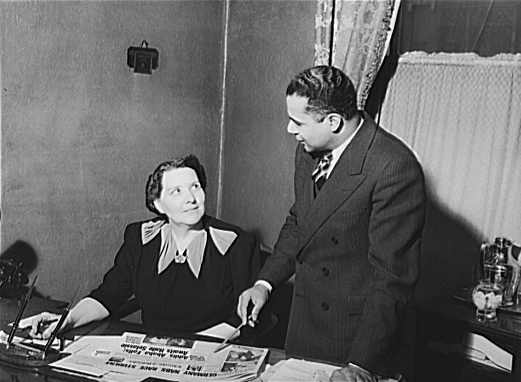
But Jim Crow—in the South, the U.S. army and American industry—remained the focus. Black newspapers like The Defender were never merely journalistic vehicles. From early on, advocacy was part of their role. Advocacy could take the form of encouraging black Southerners to leave segregation and sharecropping behind and take their chances in the freer North. But it could also mean pushing for new government action against lynching, housing discrimination, segregated schools or the Jim Crow army. Above all, Abbott made The Defender far more than a local newspaper. Chicago was the fulcrum of American railroad traffic, and Pullman porters became The Defender’s secret agents, selling subscriptions, eliciting stories, distributing newspapers.
Which is why the lawyers in the Till case could ask Mamie Till Bradley if she read The Chicago Defender and everyone in that Mississippi courtroom understood the insinuation. The defense attorneys were not wrong in the sense that black reporters—including those in court that very day, staff writers for The Defender—took the opportunity to hammer away at Jim Crow, and in the Till case, to go into the fields and help find witnesses to strengthen the prosecution’s case.
Michaeli’s point is that The Chicago Defender was not just a newspaper that happened to cover African-American stories, it was an essential community institution that shaped black ideas, politics and social life. The Defender made history even as it recorded history.
[I]t was an essential community institution that shaped black ideas, politics and social life. The Defender made history even as it recorded history.
There are things to criticize about this book. There is so much territory to cover that sometimes Michaeli’s narrative threatens to get out of hand. He too often loses the boundary between writing the history of the newspaper and writing about the stories the paper covered. It helps that both are fascinating and that Michaeli writes fluidly. Still, the last third of the book is too detailed regarding Chicago politics.
Michaeli ends with a brief memoir about his own tenure as an editor and writer for The Chicago Defender in the early 1990s. Once again, he tells a good story. Still, Michaeli’s own memories make us feel as if the newspaper at the end of the 20th century was something of a relic, not quite the vital force it had been a few decades earlier. How did this happen? We could use a little more analysis of how the role of The Chicago Defender changed black Americans.
These quibbles aside, Michali has given us a bold and well-told narrative of one of the most important institutions in African-American life.


